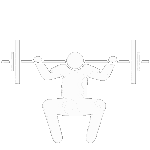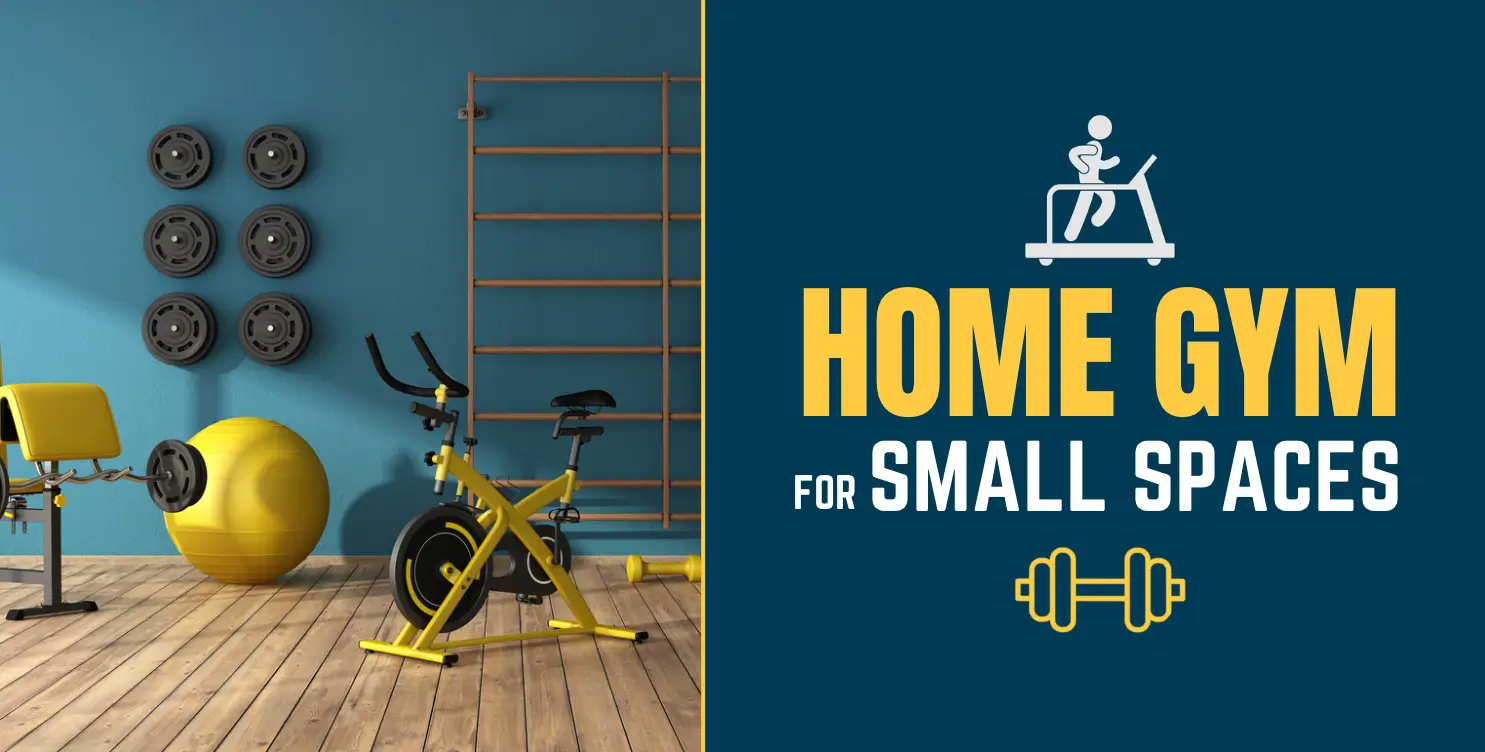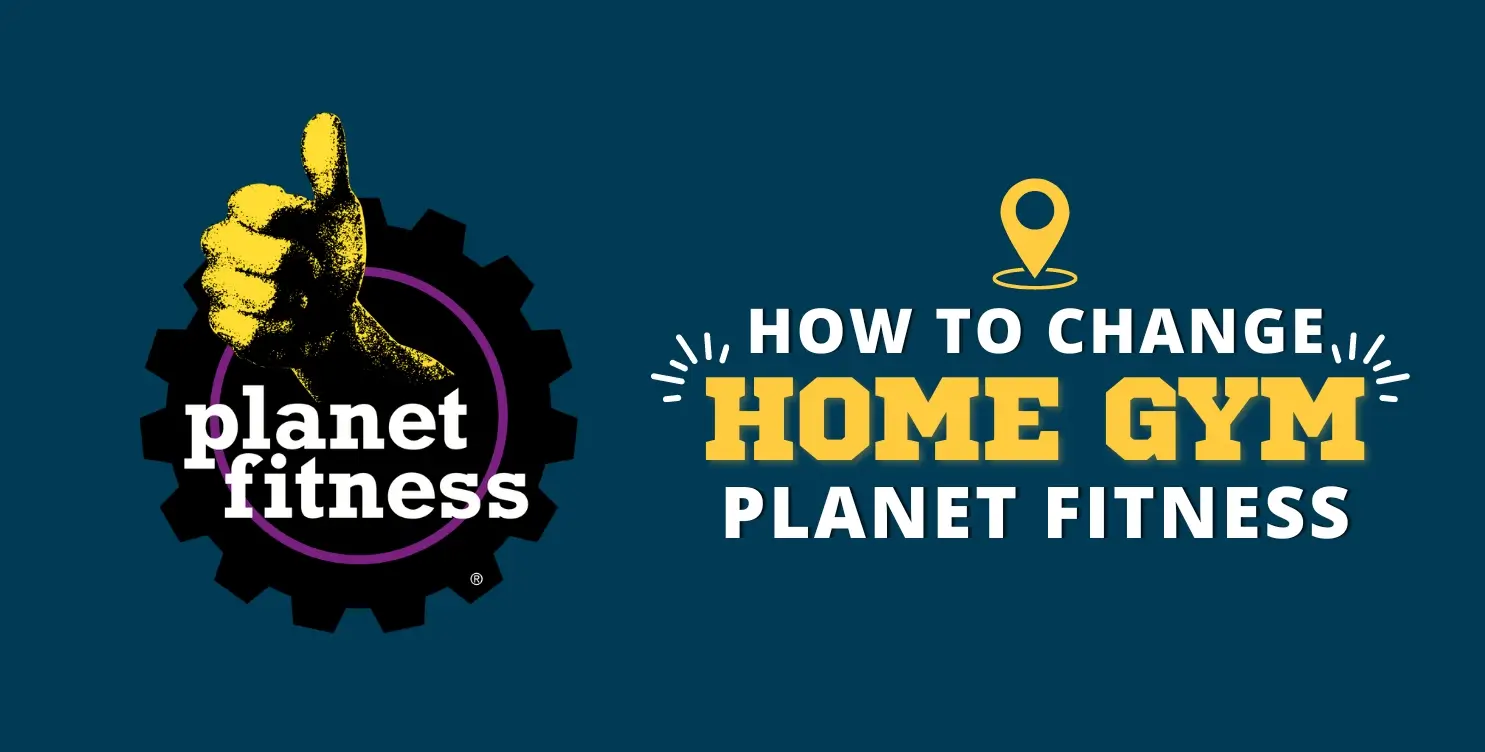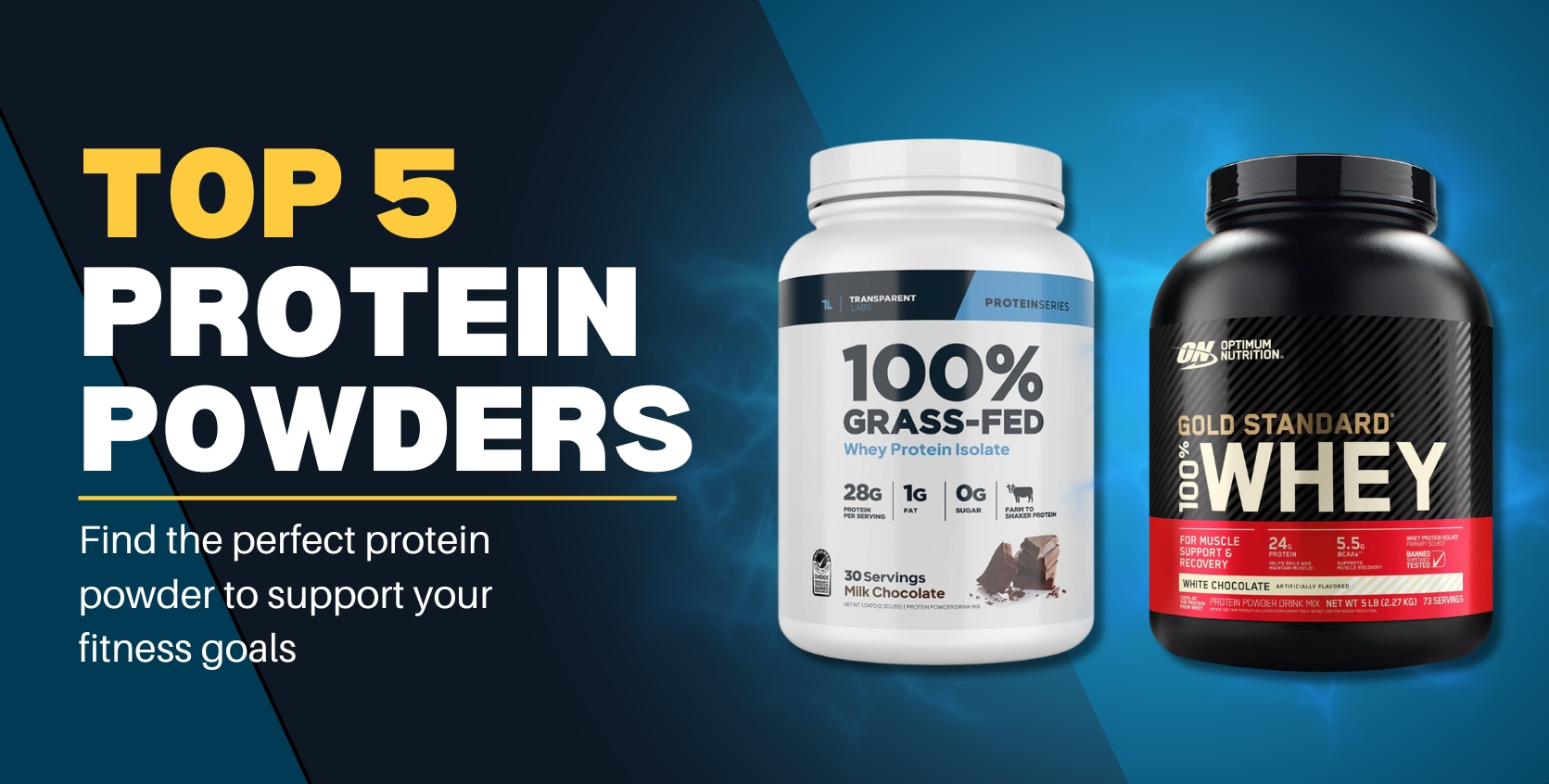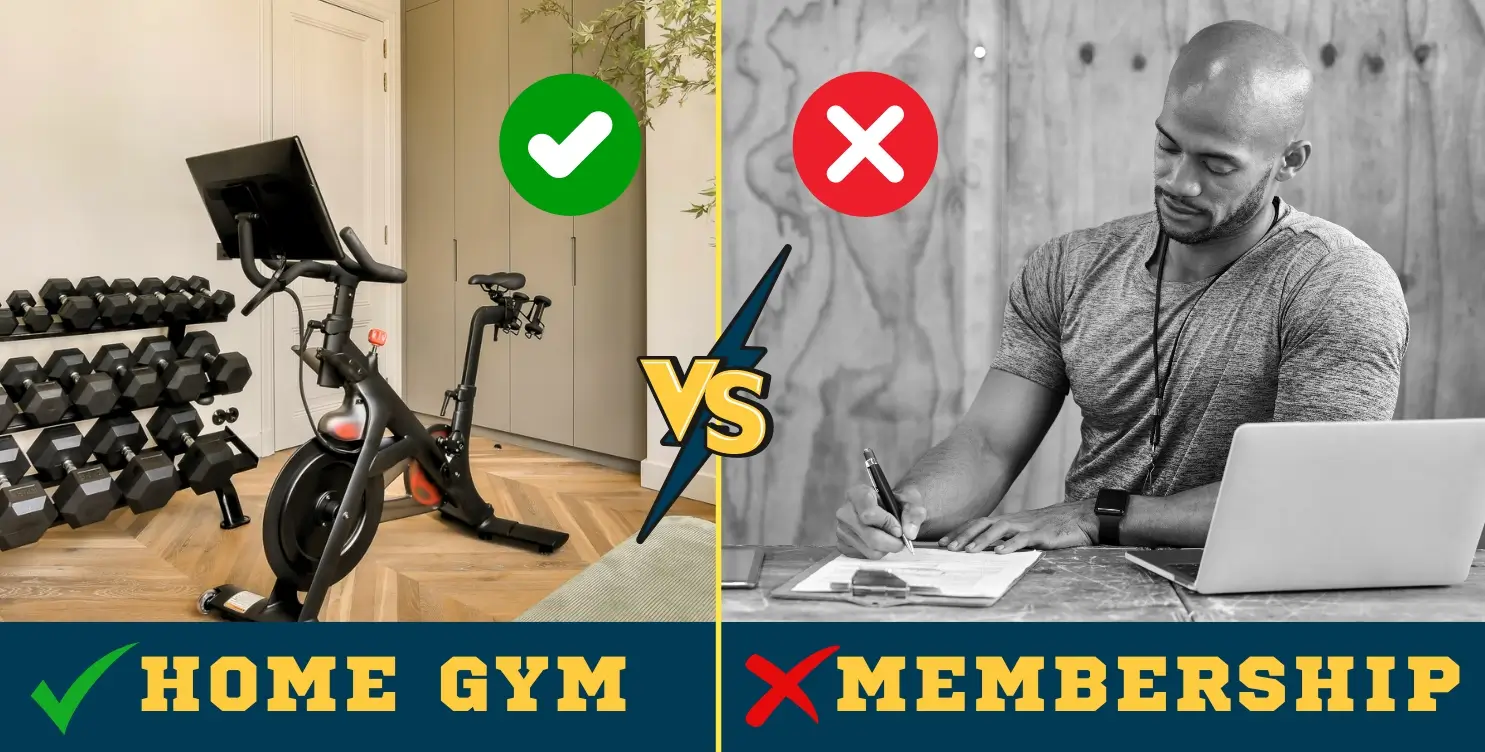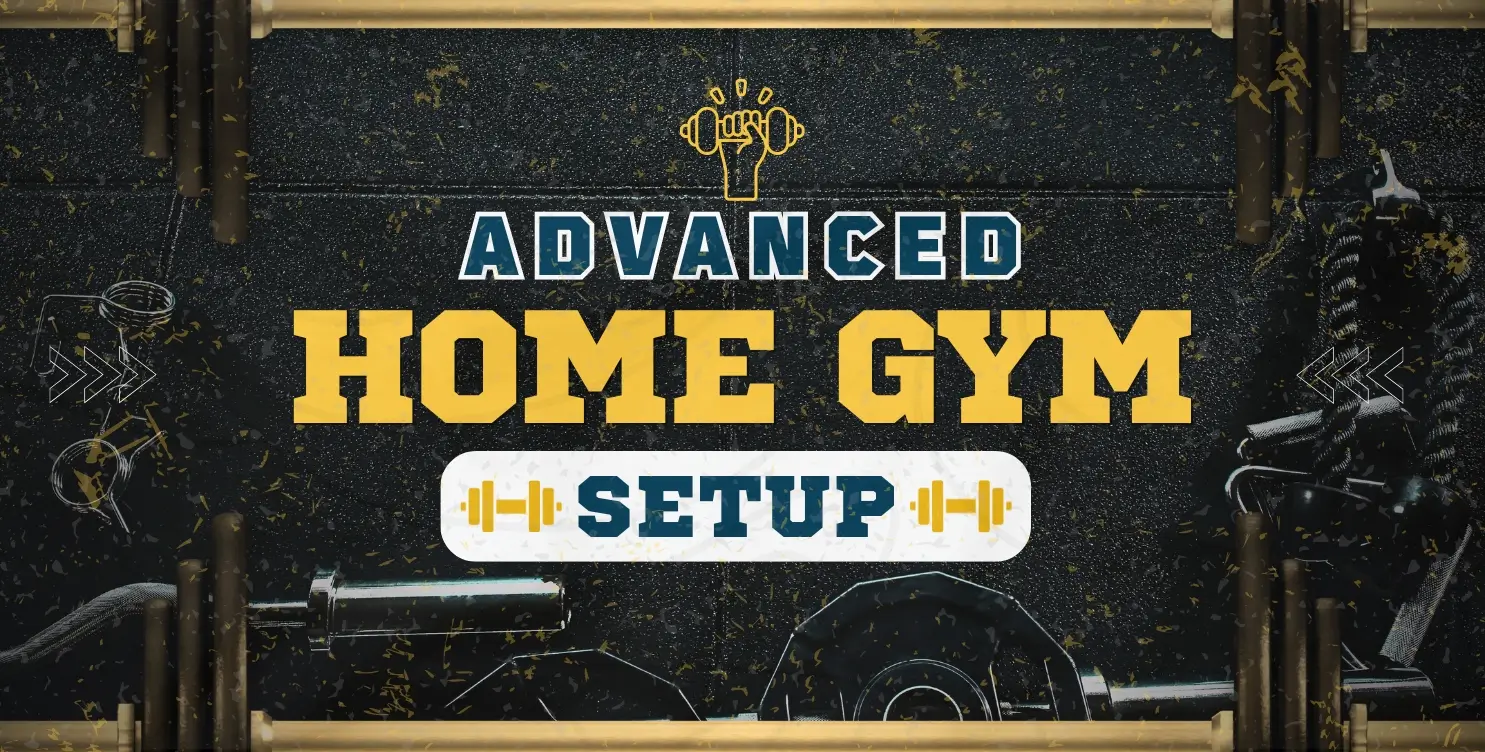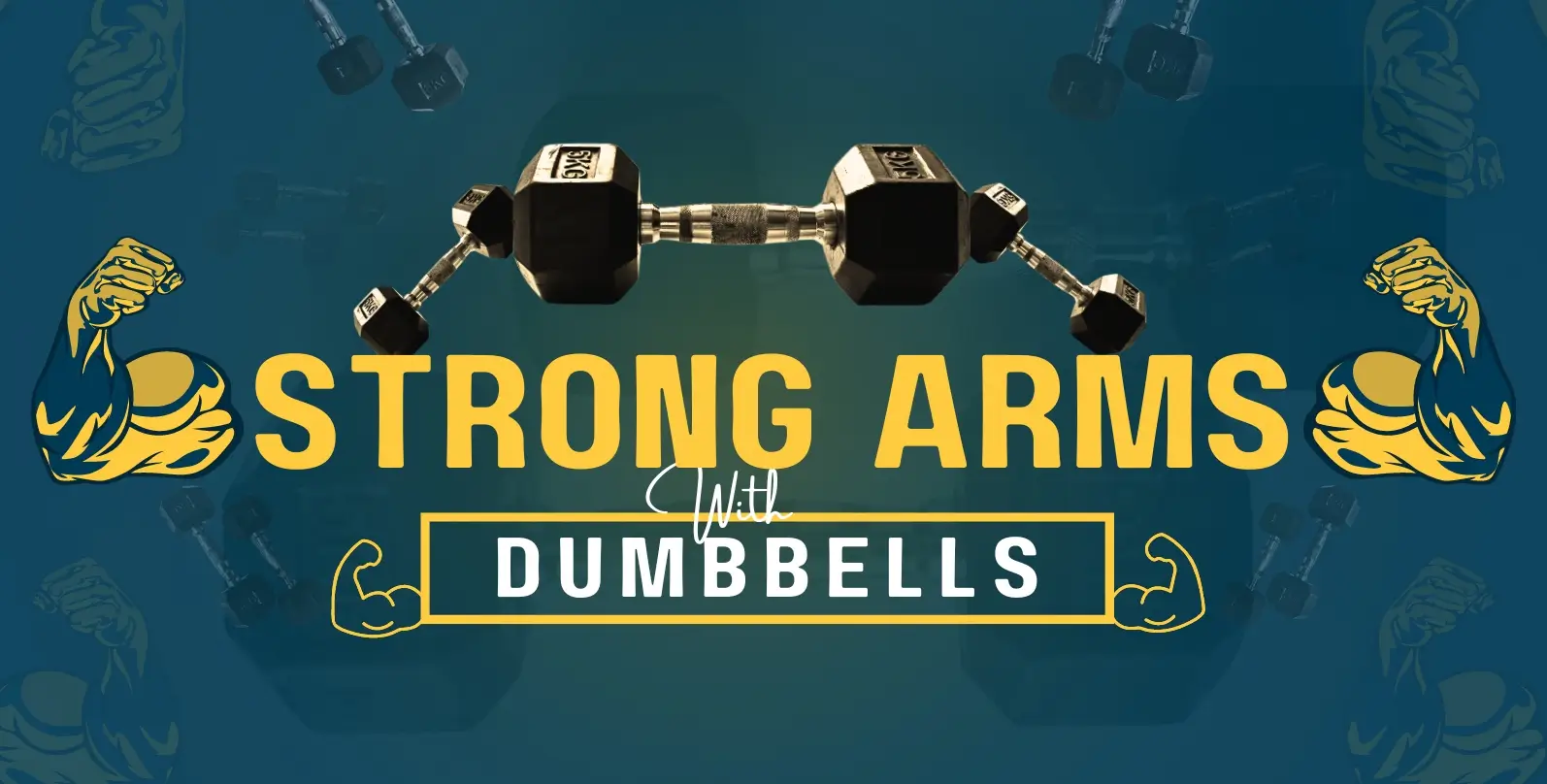Are you ready to take your fitness journey to the next level? If you’re seeking a challenging and effective workout routine that will push your limits and help you achieve peak physical condition, then look no further than the Total GYM Workout Routine Advanced. This comprehensive program is designed for those who are already familiar with gym equipment and exercises, offering a dynamic and intense workout that will test your strength, endurance, and flexibility. If you’re new to the gym, our beginner’s GYM Workout Routine is a great place to start.
With the Total GYM Workout Routine Advanced, you’ll have the opportunity to elevate your fitness game by incorporating advanced techniques and movements that target multiple muscle groups simultaneously. Whether you’re aiming to increase muscle mass, improve cardiovascular health, or enhance overall athleticism, this workout routine has got you covered. If you don’t have advanced equipment, our Advanced Home Gym Setup can help you build your own home gym, and when you’re ready to take your workouts to the next level, the Total Gym Workout Routine Advanced offers the perfect challenge. Get ready to sweat it out and experience the ultimate challenge as you sculpt your body into its strongest and most toned form yet.
Warm-Up (5-10 Minutes)

The aim of the warm-up is to gradually increase your heart rate, get blood flowing to your muscles, and prepare your joints for a more intense workout session.
1. Light Cardio (2-3 minutes)
- Incline Walking: Set the Total Gym to a low incline. Start at a moderate walking pace, gradually picking up speed as you warm up.
- Incline Jogging: If comfortable, transition into a light jog on the inclined glide board. Keep the intensity level manageable.
2. Dynamic Stretches (3-4 minutes)
Focus on movements that mimic the exercises you’ll perform in your workout. Do 10-15 repetitions of each:
- Arm Circles: Extend arms to sides. Make small circles forward for 10 reps, then reverse direction for 10 reps. Gradually increase circle size.
- Leg Swings: Stand with feet shoulder-width apart, holding onto Total Gym for balance. Gently swing one leg forward and back (like a pendulum), keeping it controlled. Repeat on the other side.
- Torso Twists: Stand with feet hip-width apart, hands on hips. Rotate torso gently to the left, then to the right. Keep core engaged.
3. Bodyweight Exercises (3-4 minutes)
- Squats: Start with basic bodyweight squats (feet hip-width apart, lower as if sitting in a chair). Focus on keeping your back straight and engaging your core.
- Modified Push-ups: Position yourself on the Total Gym at an incline that allows you to perform push-ups with good form (knees on the board if needed). If standard variations are too difficult, begin with wall push-ups.
- Lunges: Step forward with one leg, lowering your body until both knees form 90-degree angles. Keep your chest upright. Alternate legs.
Workout Structure
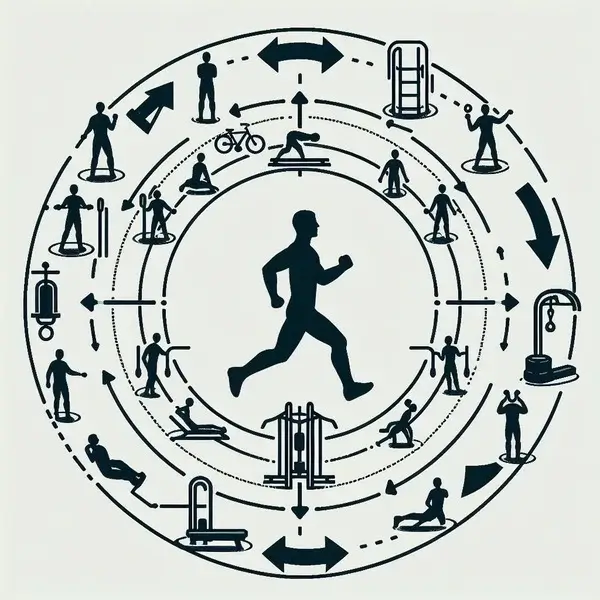
Choosing the right workout structure is key to maximizing your Total Gym results. Here’s a breakdown of the formats with their benefits:
1. Circuit Training
- What it is: You move quickly through a series of 3-4 exercises targeting different muscle groups, with very short rest periods in between. You usually complete 3-4 rounds of the entire circuit.
- Benefits:
- Great for both strength and cardiovascular gains.
- Keeps workouts engaging and efficient.
- Burns a lot of calories in a shorter amount of time.
Example Total Gym Circuit:
- Incline press
- Seated rows
- Squats
- Crunches Rest for 60 seconds, then repeat the circuit 2-3 more times.
2. Supersets
- What it is: You pair two exercises together and alternate sets without rest. This often involves either:
- Targeting opposing muscle groups (e.g., chest and back)
- Focusing on the same muscle group with different movements (e.g., bicep curls followed by hammer curls)
- Benefits:
- Increase muscle fatigue leading to greater potential muscle growth.
- Challenges your muscles differently and keeps workouts stimulating.
Example Superset:
- Decline Press (3 sets of 10-12 reps)
- Bent-Over Rows (3 sets of 10-12 reps) Rest for 90 seconds, then repeat the superset 2 more times.
3. Targeted Muscle Group Splits
- What it is: You dedicate each workout to focusing on one or two major muscle groups. This allows you to perform more exercises per group and push each muscle closer to its limits.
- Benefits:
- Ideal for maximizing strength and muscle size gains in specific areas.
- Allows for proper muscle recovery between workouts.
Advanced Exercises
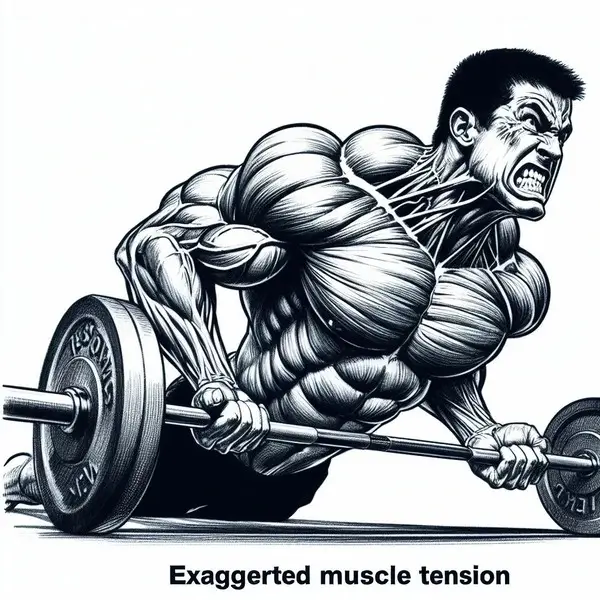
Chest
- Decline press: Targets the lower pectoral muscles.
- Lie with your head lower than your hips on the Total Gym.
- Press weight upwards as in a standard chest press, focusing on squeezing your chest at the top.
- Incline press: Emphasizes the upper chest and front of shoulders.
- Position yourself with your head higher than your hips.
- Push the weight up and slightly inward, aiming to bring your hands together at the top.
- Flyes: Isolates the pectoral muscles, creating a greater stretch.
- Lie on your back, hold light weights or cables in each hand, palms facing each other.
- Slowly lower weights out to the side in a wide arc, then bring them back together above the chest.
- Advanced: Perform single-arm for more core engagement and targeted focus.
- Pullovers: Works the chest, lats, and triceps.
- Lie with your upper back supported, hips slightly off the board.
- Hold a weight or cable above your chest. Lower in a controlled arc behind your head, then bring it back up.
Back
- Wide-grip pull-ups: Great for overall back development, especially the lats.
- If unassisted are too challenging, use a resistance band for support.
- Close-grip lat pulldowns: Focuses on middle and lower lats.
- Use a narrower grip with palms facing you. Pull the bar/cable to your upper chest.
- Seated rows: Strengthens mid-back muscles (rhomboids, traps).
- Sit with knees slightly bent, use a cable attachment. Pull the handle towards your belly button, squeezing your shoulder blades together.
- Bent-over rows: Builds overall back thickness.
- Lean forward, pull a barbell or cable up to your lower chest.
- Advanced: Use single-arm variations with a dumbbell for core challenge.
Shoulders
- Military press: Multi-joint exercise for shoulder strength and size.
- Can be done seated or standing. Push barbell/dumbbells directly overhead.
- Lateral raises: Isolate the side (medial) deltoids.
- Hold lighter weights, lift arms directly out to the sides until parallel with the floor.
- Front raises: Target the front of the shoulders.
- Raise a barbell or dumbbells directly in front of you to shoulder height.
- Upright rows: Work the traps and side deltoids.
- Pull a barbell or cables in a straight line from hips to chin, keeping elbows high.
Legs
- Squats: The king of leg exercises! Can be done with added weight or just body weight.
- Leg press: Builds quads, hamstrings, and glutes, depending on foot placement.
- Lunges: Target individual legs, great for balance and core work. Try forward, reverse, and side lunges.
- Hamstring curls: Isolate the back of the thighs.
- Calf Raises: Develop lower leg muscles (use added weight for progression).
Arms
- Triceps extensions: Many variations, all hit the back of the arms.
- Triceps pushdowns: Isolate the triceps using a cable machine.
- Biceps curls: Classic arm builder, use barbells, dumbbells, or cables.
- Hammer curls: Target the brachialis (underneath the biceps) for wider-looking arms.
Core
- Crunches: Basic but effective. Add weights to increase the challenge.
- Leg Raises: Target lower abs. Hang from the Total Gym bar for an advanced version.
- Russian Twists Great for obliques. Hold a weight for added resistance.
- Planks: Isometric exercise for full-core strength. Try side plank variations.
Important Considerations
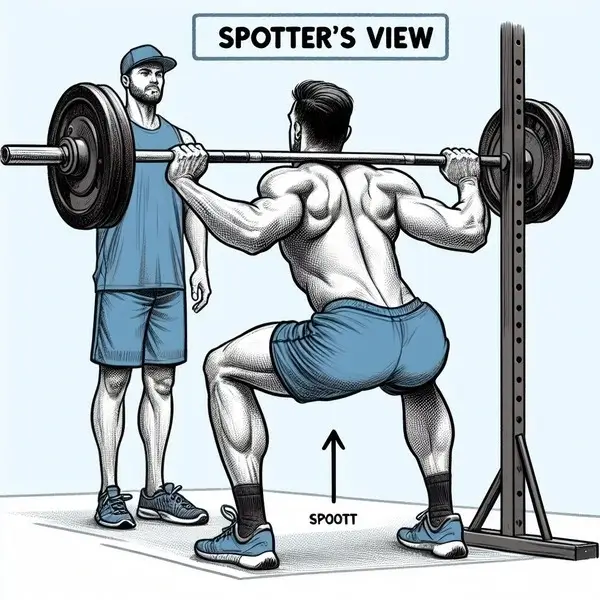
1. Proper Form: The Key to Success & Safety
- More than just looking right: Good form ensures you’re targeting the correct muscles while protecting your joints and preventing injuries.
- Resources: Utilize online videos, and tutorials, or consult a trainer to ensure you understand the correct body positions and movements for each exercise.
- Slow & steady: Start with lighter weights or lower resistance levels and focus on mastering the form before increasing the intensity.
2. Progressive Overload: Challenge Yourself for Growth
- The adaptation principle: Your body gets stronger and fitter by being consistently challenged. If you do the same workout all the time, you’ll plateau.
- How to progress: Gradually increase the weight you use, the resistance level of the Total Gym, the number of reps you perform, or the number of sets you complete.
- Small increments: Progress slowly and steadily. Even a slight increase each workout will add up to bigger gains over time.
3. Intensity: Push Your Limits, Within Reason
- Find your sweet spot: Aim for a level of exertion where you’re challenged but can still maintain good form. You should be able to speak a few words, but not full sentences.
- Listen to your body: Pain is a signal something is wrong. Modify exercises, reduce weight, or take a rest day if needed. Pushing beyond your limits significantly increases injury risk.
4. Rest: Recovery is Where the Gains Happen
- Muscle repair: Your muscles actually grow and get stronger during periods of rest, not while you’re working out.
- Rest between sets: Allow 60-90 seconds between sets to let your muscles partially recover.
- Rest days: Schedule one or two complete rest days per week. Active recovery like light walking or yoga on these days is beneficial.
5. Nutrition & Hydration: Fuel Your Results
- Diet matters: Eating a balanced diet with enough protein is crucial for muscle building and recovery. Don’t neglect carbs and healthy fats for energy and overall health.
- Hydration is key: Before, during, and after your workouts, drink plenty of water. Dehydration hinders performance and can even be dangerous.
Example Advanced Split
This split routine focuses on hitting major muscle groups strategically. Remember, customize it with exercises that suit your fitness level and goals.
Day 1: Chest & Triceps
- Chest
- Incline Dumbbell Press (3 sets of 8-12 reps)
- Flat Barbell Bench Press (3 sets of 8-12 reps)
- Cable Flyes (3 sets of 12-15 reps)
- Triceps
- Overhead Triceps Extensions (3 sets of 10-12 reps)
- Close-grip Bench Press (3 sets of 8-12 reps)
- Triceps Pushdowns ( 3 sets of 12-15 reps)
Day 2: Back & Biceps
- Back
- Wide-grip Pull-ups (Assisted if needed: 3 sets to near failure)
- Bent-Over Barbell Row (3 sets of 8-12 reps)
- Seated Cable Row (3 sets of 10-12 reps)
- Biceps
- Barbell Curls (3 sets of 8-12 reps)
- Hammer Curls (3 sets of 10-12 reps)
- Incline Dumbbell Curls (3 sets of 12-15 reps)
Day 3: Rest or Active Recovery
- Rest: Complete rest is important for recovery and growth.
- Active Recovery: Opt for light cardio like walking or swimming, or a gentle yoga session.
Day 4: Legs & Shoulders
- Legs
- Barbell Back Squats (3 sets of 6-10 reps)
- Total Gym Leg Press (3 sets of 10-12 reps)
- Walking Lunges (3 sets of 8-10 reps per leg)
- Hamstring Curls (3 sets of 12-15 reps)
- Shoulders
- Military Press (3 sets of 8-12 reps)
- Lateral Raises (3 sets of 12-15 reps)
- Front Raises ( 3 sets of 12-15 reps)
Day 5: Core & Arms (Optional)
- Core
- Crunches (3 sets of 15 -20 reps)
- Weighted Leg Raises (3 sets of 10-15 reps)
- Russian Twists (3 sets of 15-20 reps)
- Plank (Hold for 30-60 seconds, 3 times)
- Arms (If you didn’t exhaust them on Chest/Back days)
- Choose 2-3 exercises for biceps and triceps from the days above.
Day 6 & 7: Rest
Additional Tips
1. Track Your Progress: Measure What Matters
- Motivation: Seeing how far you’ve come is incredibly motivating and helps you stay committed to your fitness goals.
- What to track: Log your workouts, including exercises used, weights lifted, resistance level, sets, reps, and how you felt during the session.
- Methods: Use a simple workout journal, an app on your phone, or a spreadsheet – whatever works best for you.
2. Vary Your Routine: Beat Boredom and Plateaus
- Challenge your body: Your body adapts to the same routine over time, leading to stalled progress. Keeping things fresh constantly challenges your muscles differently.
- How to vary:
- Change exercises: Incorporate alternative movements for the same muscle groups (e.g., swap barbell press for dumbbell press).
- Adjust sets & reps: Try higher rep ranges for endurance one week, then lower reps with heavier weights for strength the next.
- Switch workout formats: Mix up circuit training days with targeted muscle splits.
3. Consult Resources: Technique is King
- Injury prevention: Especially with advanced movements, proper form is vital to prevent injury and get the best results.
- Where to find resources
- Reliable websites: Look for sites backed by fitness professionals.
- Instructional videos: Many excellent videos on platforms like YouTube demonstrate correct technique.
- Personal trainers: Even a few sessions with a trainer can significantly improve your form and exercise knowledge.
Additional Notes
- Periodization: This advanced strategy involves planned cycles of increased intensity followed by lower-intensity phases for optimal gains. Research periodization if you’re serious about maximizing results.
- Listen to your body: It’s okay to have good days and bad days. Adjust your workouts accordingly and don’t be afraid to take extra rest when needed.


